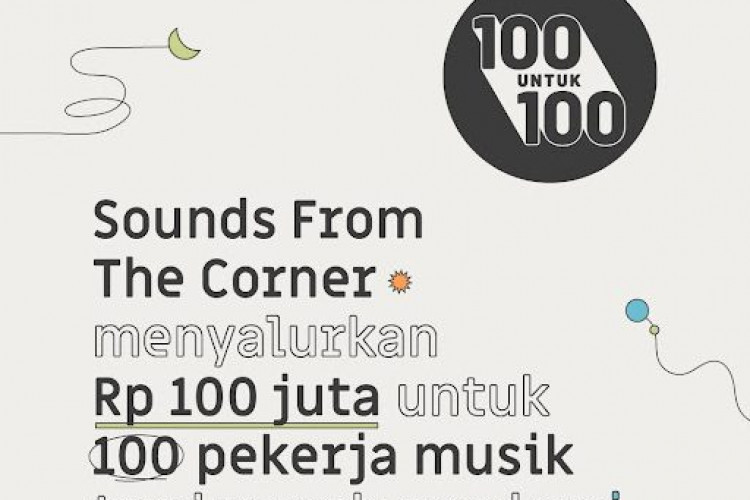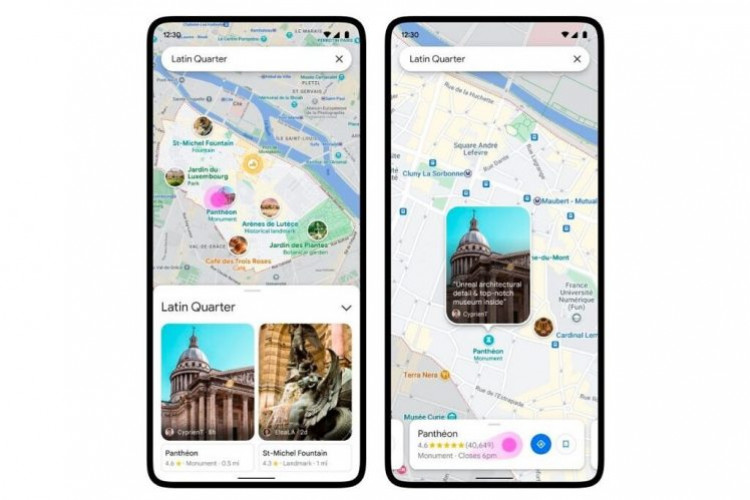A New Chapter for Design with Rege Indrastudianto
Muhammad Hilmi (H) talks to Graphic Designer Rege Indrastudianto (R).
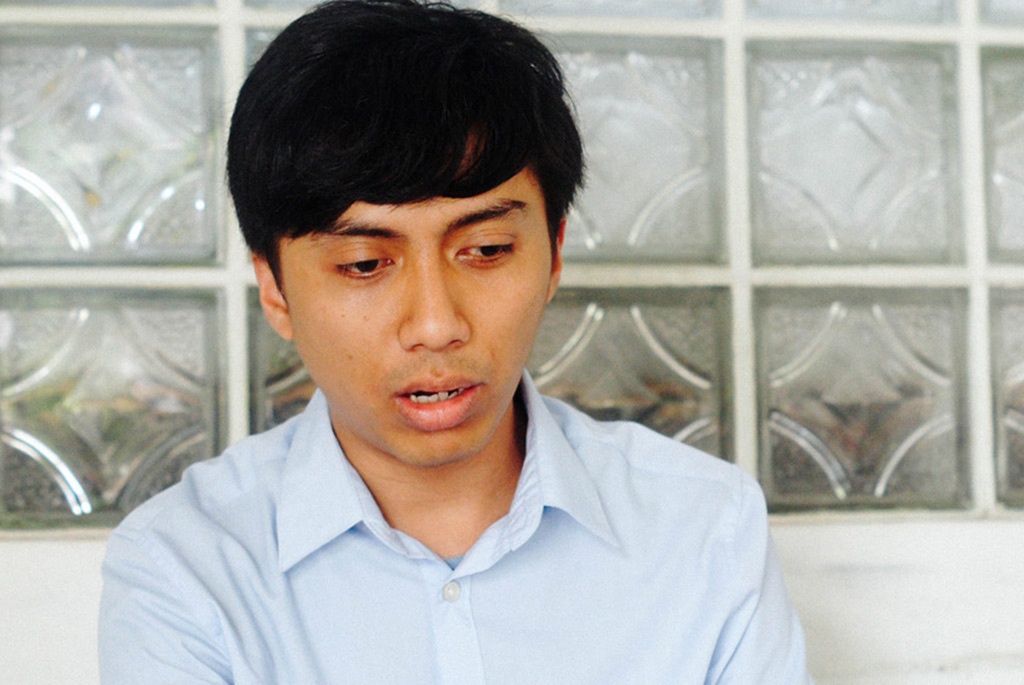
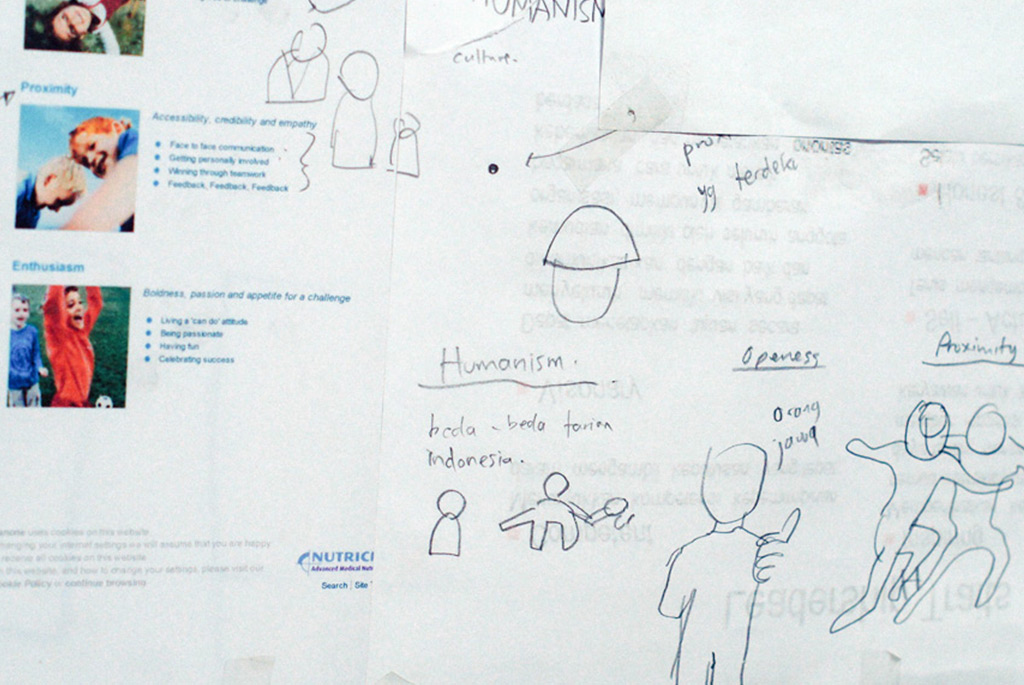
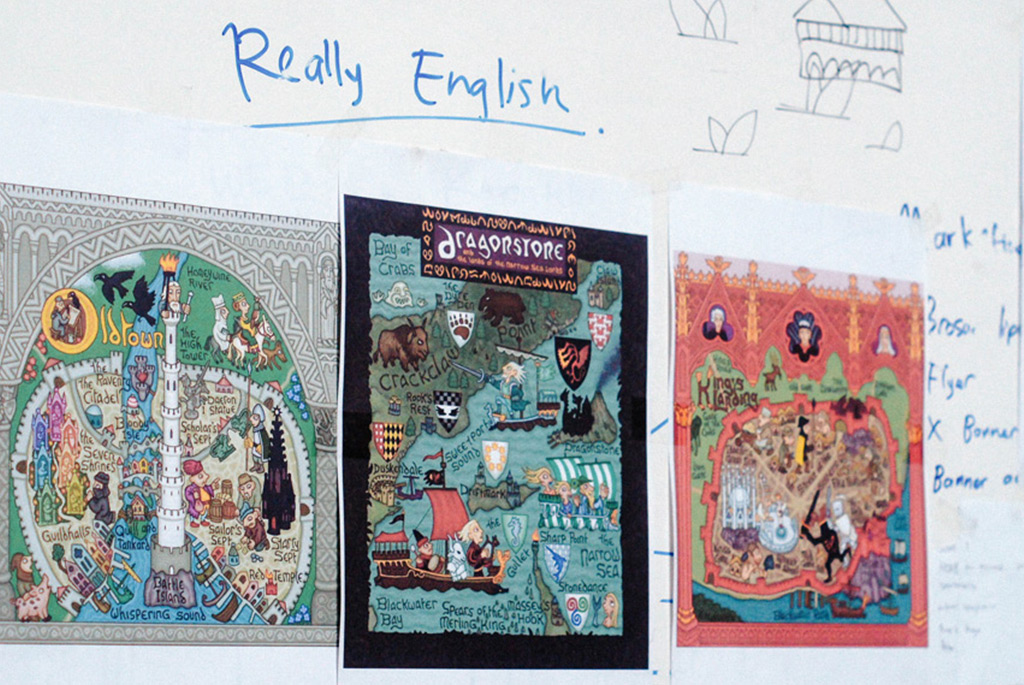
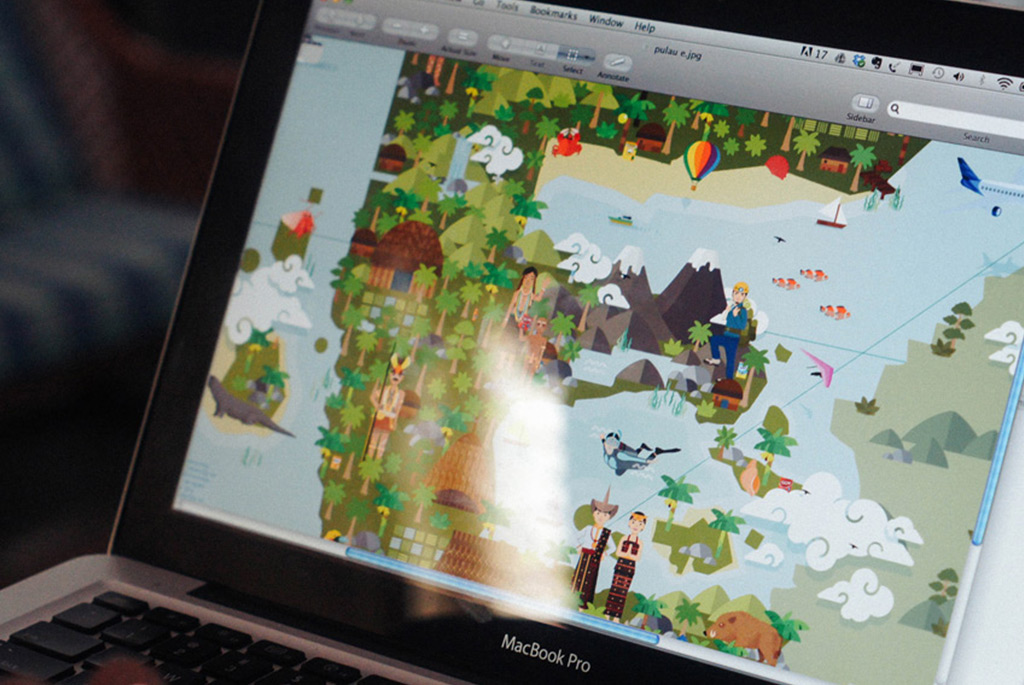
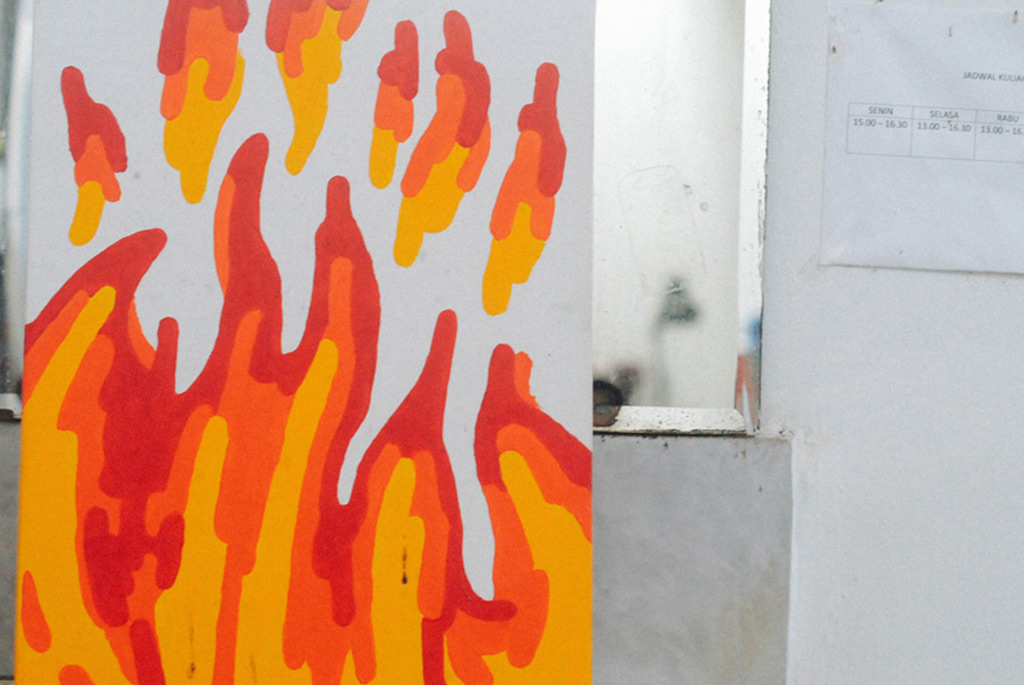
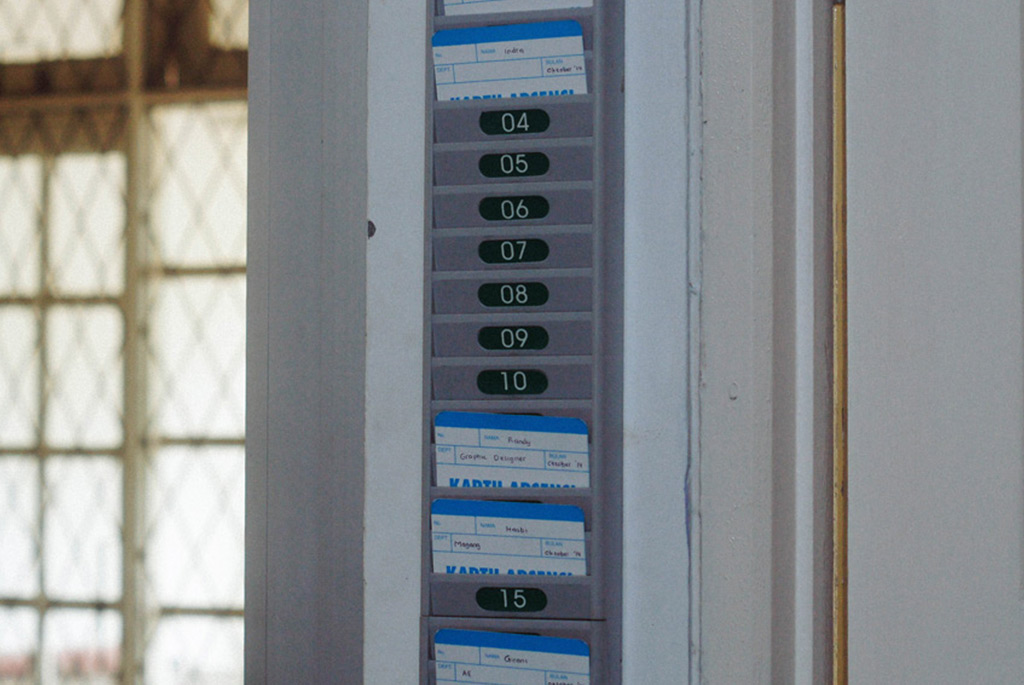
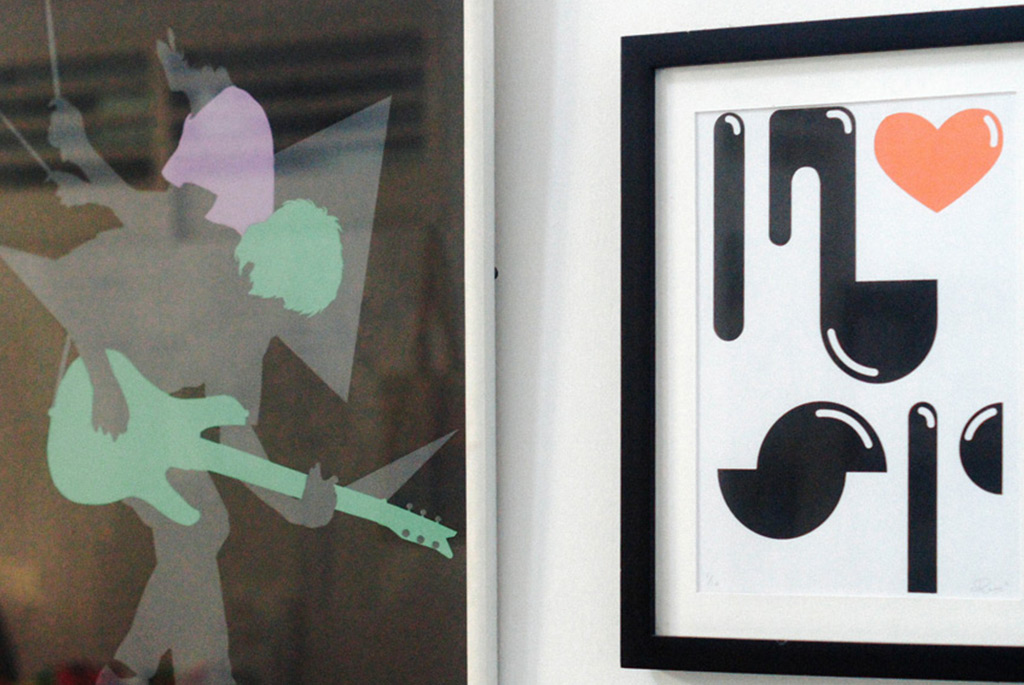
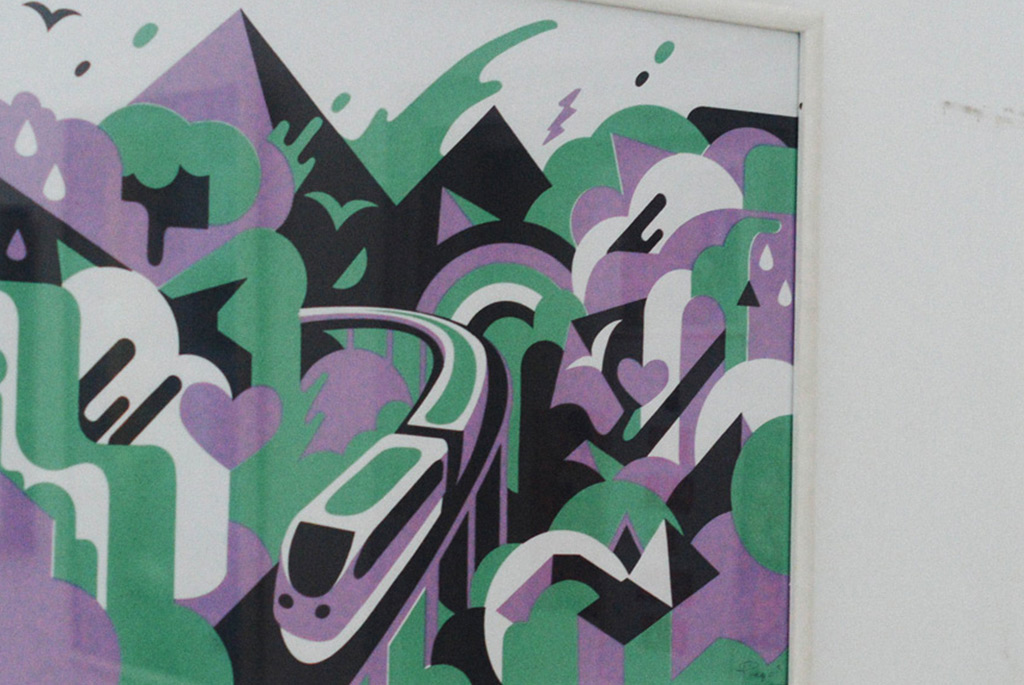
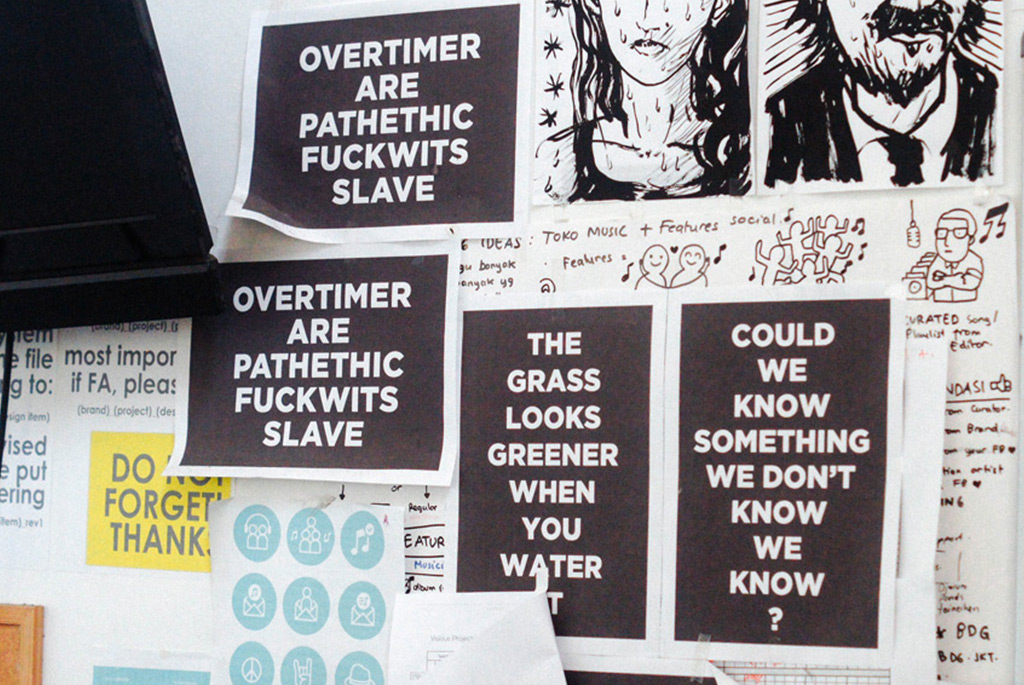
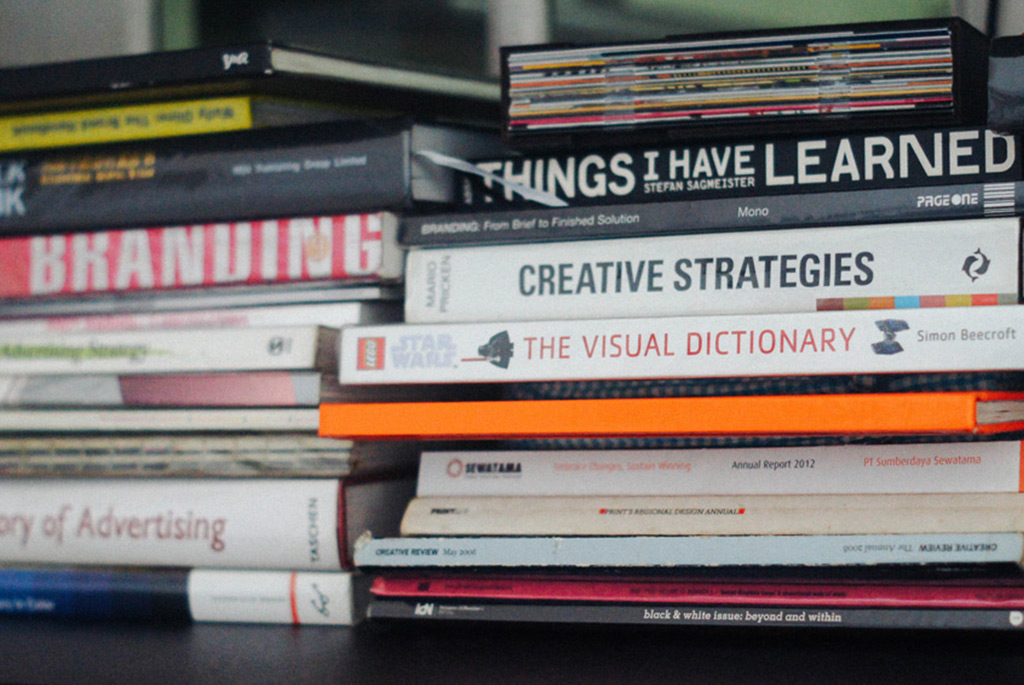
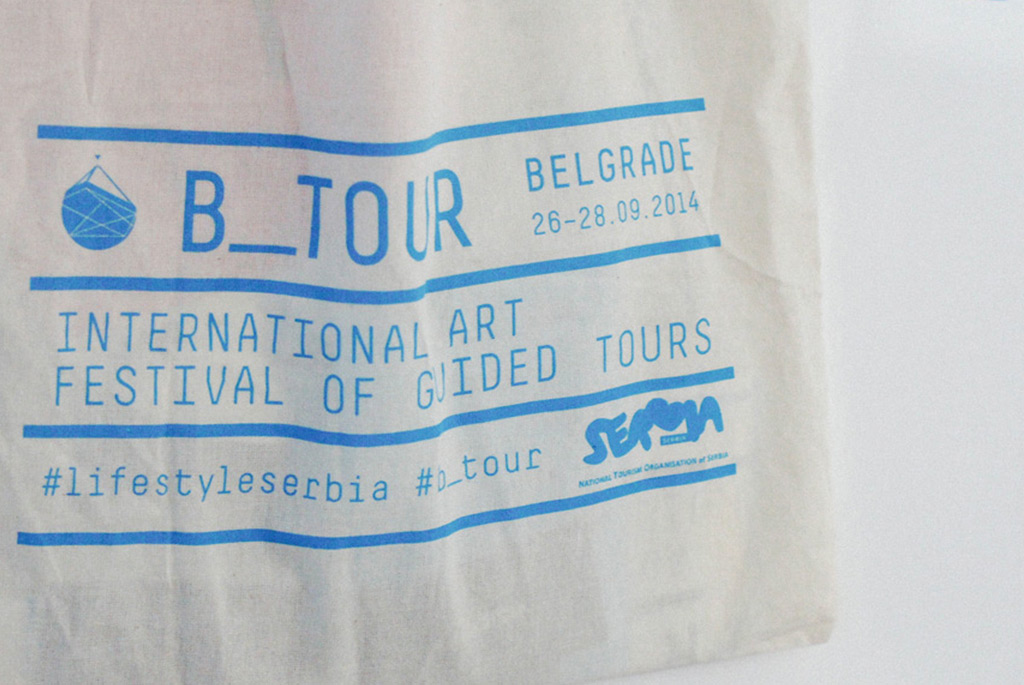
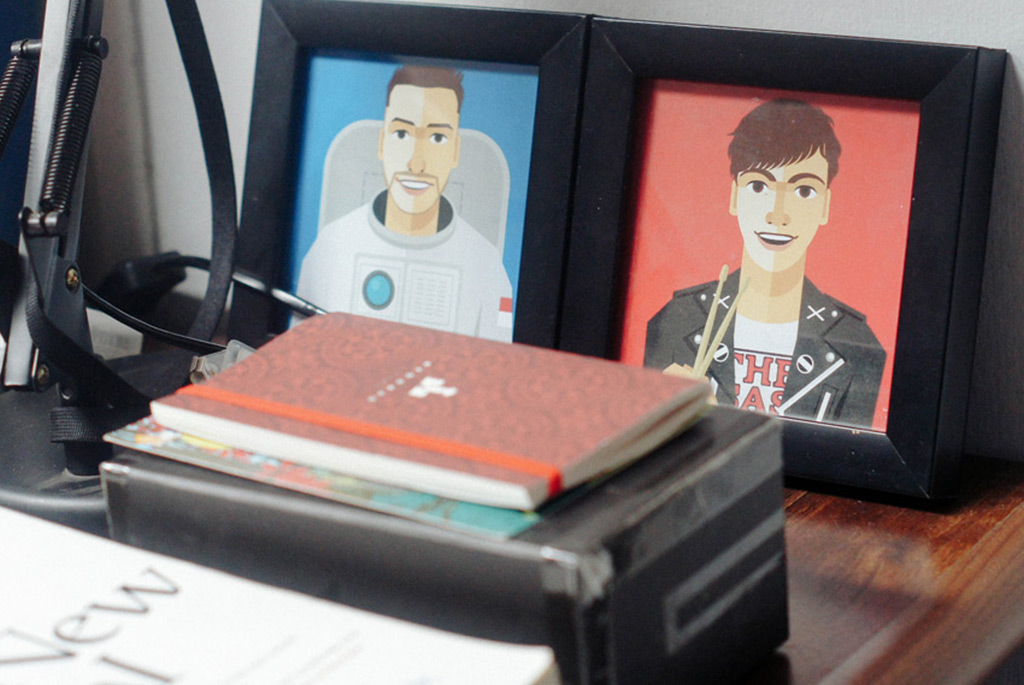
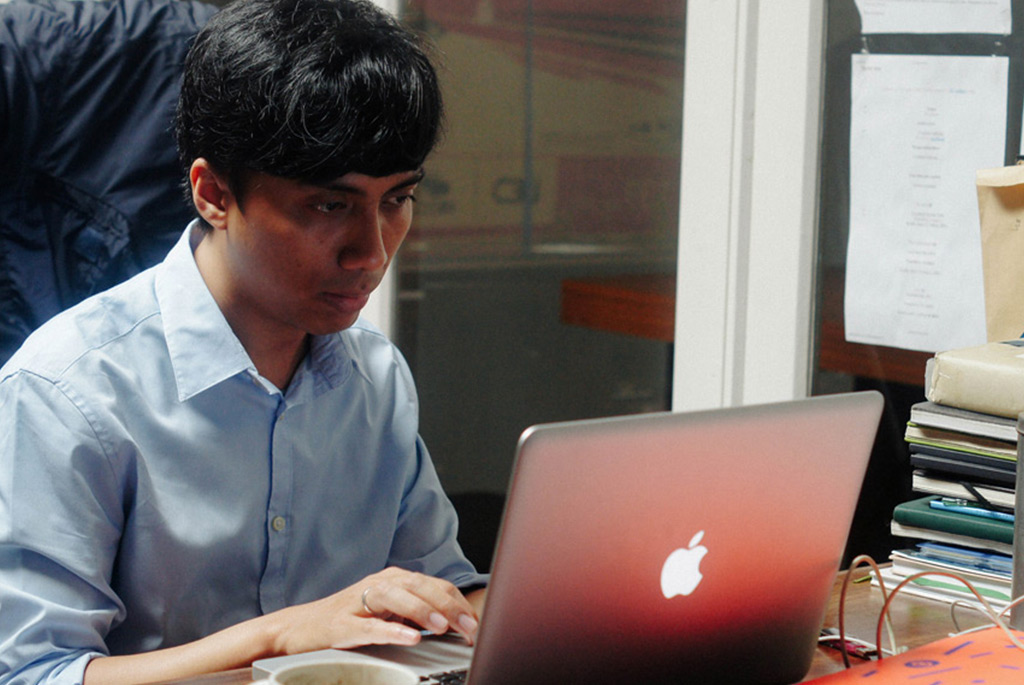
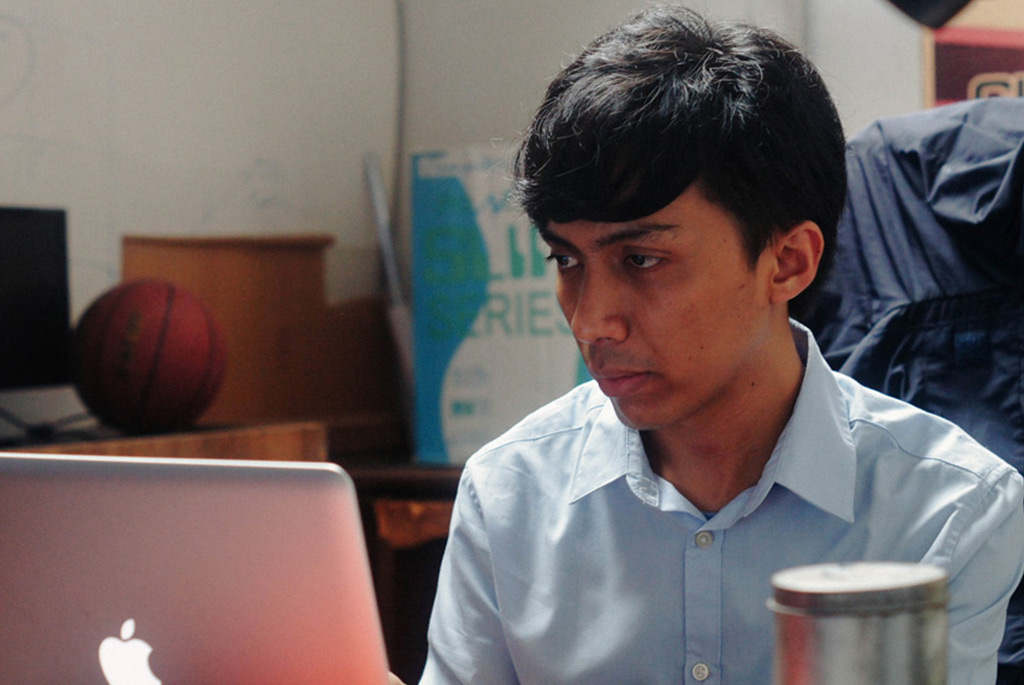
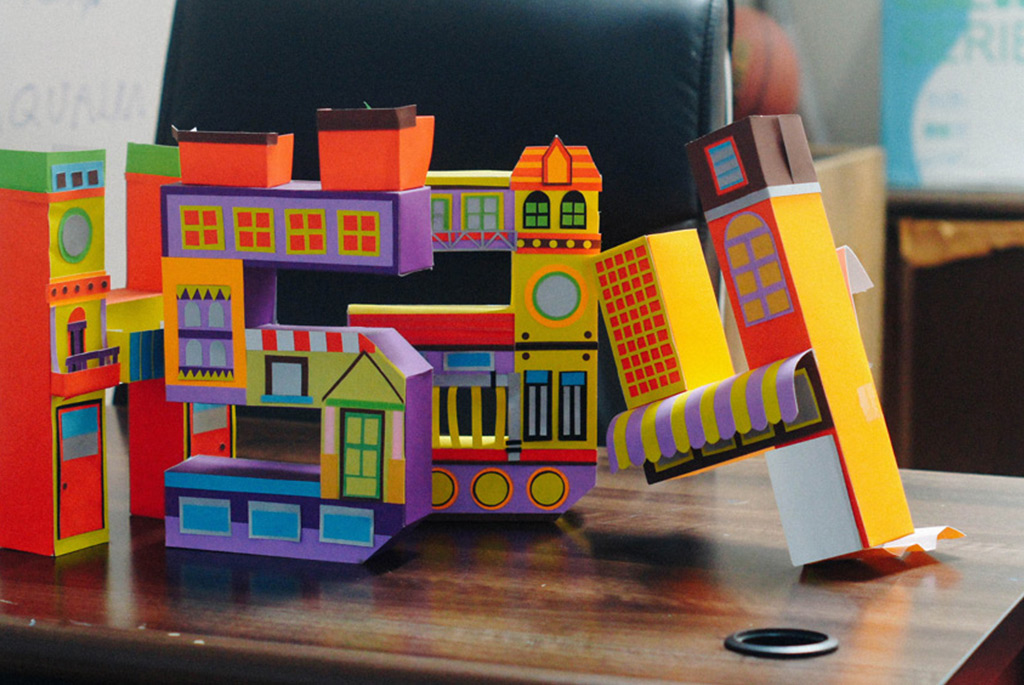
H
Could you tell us a bit about your background? How did you become interested in graphic design and what influenced you to pursue it?
R
Although my major in college was Design Communication, I wasn’t sure what the world of graphic design was like. I enjoyed drawing from a young age, and when I entered Institut Kesenian Jakarta (Jakarta Art Institute) I learned from my friends a lot of references such as the works of David Carson or IdN magazine from Hong Kong – this revealed to me how wide the field of graphic design was. The internet wasn’t booming yet, it was a little bit more difficult to find references. Sharing books and magazines was how we gained sources.
My friends, books, magazines, and the campus environment influenced my interest in design, even though in college much of my influence was in the arts because the campus focused on the arts. I learned how to screen print, paint, etc – it is a great environment to learn, and this influence of variety is where my strength lies, because I was exposed to many different type of art. During my early college years, while many were learning design on their computers I was illustrating manually. When I started working, I learned to translate my work using softwares.
H
During the ADGI campaign for the Jakarta chapter, you mentioned that although there are many new graphic design studios, there isn’t much communication between them – it isn’t very united. Why do you think this is so?
R
I believe it is a Jakarta problem. We aren’t like Bandung, Yogyakarta, or Singapore, where the scene is a bit more united. Jakarta is very large, South Jakarta has its own scene, West Jakarta has its own, Central Jakarta has one. We are so wide it is difficult to open communication with other graphic designers.
If we wanted to unite, I think we should start by talking to each other, create events where we can gather like the one yesterday [ADGI’s Jakarta Chapter election]. We need more events where we can gather. Think about it, artists and fashion designers have a better chance to meet eachother because there are many exhibitions and events such as Brightspot, meanwhile graphic designers are busy with their individual projects, making it difficult to meet.
I think it is Jakarta’s size and infrastructure that makes it difficult. I asked my friends in Yogyakarta’s graphic design scene how they build a community, and they replied something along the lines of “we just call and ask each other to meet for dinner” –it’s that simple.
H
What is missing in the design scene that causes this lack of communication?
R
We don’t ‘exist’ enough – we don’t get our voices heard enough. People know graphic design only through commercial projects – people see the works that have been published. People don’t see that graphic design as an art, and we graphic designers don’t advocate that side of our profession enough. We need to create more events, forums, and exhibitions that can introduce this design.
ADGI had a program addressing this issue, but it was discontinued after a certain amount of time. Graphic designers here are too busy, though, so it is difficult to ask them to gather and contribute to projects such as these. I do think that it is caused by a lack of communication. If we had a more close knit community, I believe everyone will be more excited and wiling to contribute.
There was a very interesting DGI campaign, a sort of negative campaign where they talked about what have we reached as graphic designers – free pitching, the very low prices some graphic designers set for projects, and how designers are equated with artisans on the side of the street. This campaign made people interested because they were curious about what the reach and standards of graphic design are.
I think ADGI is at a crossroads where the new generation is ready to create something new.
H
As the new chief of ADGI Jakarta, what do you plan to do to unite graphic designers in the city?
R
My mission is quite clear. Graphic designers need a platform online, a place where we can gather and communicate, and a physical space where we can do the same. Also we need ADGI to have a ‘face’ as in how do we introduce ADGI, and what should we introduce ADGI as – this should be via the website and social media. Also, of course, to meet each other. It doesn’t have to be a big meeting, we can start by having South Jakarta designers meet, West Jakarta, Central Jakarta, etc. Through these meetings we can create activations such as talk show discussions, which will hopefully lead to new projects such as workshops where we can collaborate. What is produced could be exhibited to the public, where it can represent the local graphic design scene. We can archive it through our website, where the public and clients can view it.
These activities must be done regularly, to create a regeneration and a platform for the next generation of ADGI.
H
What do you think are the external problems graphic design faces in Indonesia, or Jakarta primarily?
R
There are definitely problems externally, particularly from the law/governmental. The problems we face with the public is that there isn’t enough awareness of graphic design’s scope, for example – design for city information, you can see this in different countries where signage, maps, etc, are well thought out and neatly laid out.
My impression of the Ministry of Trade and Creative Economy when I met them… they are actually open minded, but are quite surprised that the scope of our work is so broad. There is a lack of communication between us, the government, and the public. We are now a separate entity that moves independently. I believe it is one of ADGI and ADGI Jakarta Chapter’s goals to have our programs move along side of the government projects. For example, when there is PON [Pekan Olahraga Nasional – National Sports Week], they will need graphic designers, and ADGI should play a role in the design of the events. We can create books that explain the roles of the graphic designers and their involvement in the signage, branding, etc, process of PON.
H
The external problem you are facing are in regards of awareness of graphic designers’ involvement.
R
The Ministry of Trade and Creative Economy has subdivisions. One of those division is Visual Communication Design Directorate, but rarely communicate with graphic designers, which is a problem because then we both do not know what each of us are doing.
H
Ideally, what should the graphic design scene be like?
R
This is the time when we have the opportunity to grow awareness and secure our position as an important/essential part of the clients, creative scene, and the public – just like you see in fashion, architecture, and product designer. As you probably know, there are many people right now creating products, businesses such as restaurant and coffee shops in Jakarta, Bandung, Yogyakarta – this is a great opportunity for graphic designers.
AFTA [ASEAN FREE TRADE AREA] will be in full swing in 2015, and many are afraid that their work will be taken over by foreign companies. I believe that AFTA will create competition, which I believe is healthy because it will make us competitive as well, and make us compete globally.
The time is now, we have everything we need to make the public aware of us.
H
What will be the first step you will be taking for ADGI Jakarta?
R
We plan to reintroduce ADGI Jakarta as an organization – that we are now active. I believe we will begin through social media, which will then lead to new projects.
H
Any message you would like to tell graphic designers?
R
We graphic designers need to communicate, to document our work and share it.
H
The Sastro and the Modes, what are you guys planning?
R
(laughs) How do you know about that? Everybody in The Sastro are busy with their personal lives, but we do want to perhaps make our album into vinyl.










